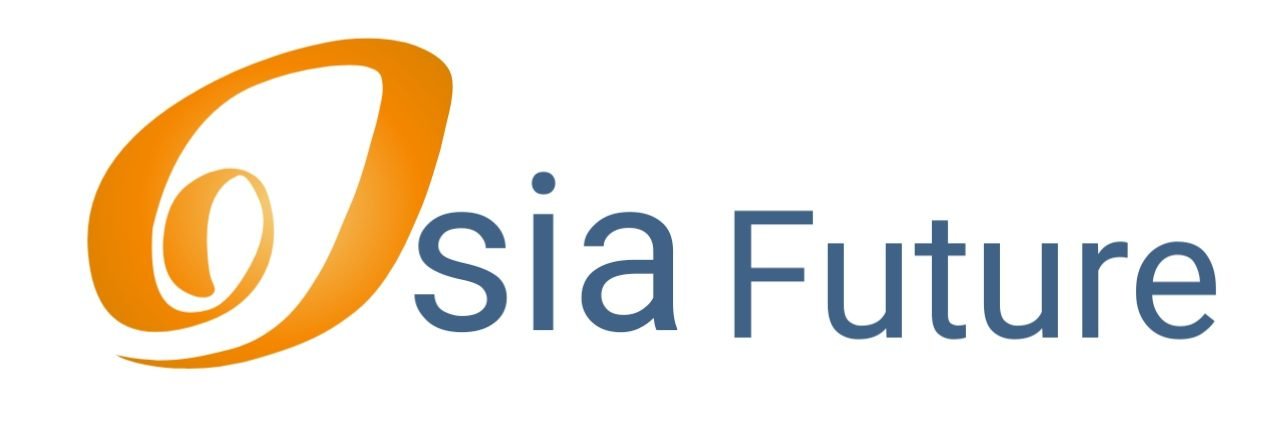Sustainable Siem Reap: Pioneering Eco-Bricks and Beyond in Environmental Stewardship
Siem Reap’s Eco-Brick Initiative: Transforming Plastic Waste into Building Blocks
The eco-brick initiative in Siem Reap turns plastic waste into construction materials. This innovative approach tackles plastic pollution and promotes sustainable building practices, aligning with the vision for Sustainable Siem Reap.
From Plastic Waste to Eco-Bricks
Eco-bricks are made by tightly packing non-biodegradable plastic into PET bottles. These bricks become durable building blocks for construction projects, turning waste into a useful resource. Moreover, the process helps reduce plastic pollution in Siem Reap while offering an environmentally friendly alternative to traditional construction materials.
Learn more about eco-bricks and their applications from Ecobricks.org.
Reducing Plastic Pollution for Sustainable Siem Reap
Plastic waste is a growing problem in Siem Reap, often stemming from tourism activities and local businesses. However, the eco-brick initiative addresses this issue by collecting and compressing plastic into usable bricks. This effort reduces the volume of plastic that would otherwise end up in landfills or the natural environment, directly contributing to a more Sustainable Siem Reap.
Discover how organizations are tackling plastic waste in Cambodia through Plastic Free Southeast Asia.
Sustainable Construction and Community Engagement in Sustainable Siem Reap
Eco-bricks support sustainable construction by providing an alternative to materials that require heavy resource extraction. For instance, these bricks are used in community projects such as schools, community centers, and garden walls, making them a cost-effective and sustainable choice.
Moreover, the eco-brick initiative encourages community engagement. Local residents, schools, and organizations collect plastic waste and create eco-bricks, fostering a sense of environmental responsibility. Furthermore, this collaboration promotes broader participation in sustainability projects, directly aligning with the goals of Sustainable Siem Reap.
Learn more about the importance of community engagement in sustainable development at UNDP Cambodia.
Merging Traditional and Modern Techniques
The eco-brick initiative preserves traditional building techniques while embracing modern sustainability. By using eco-bricks, Siem Reap can combine cultural heritage with innovative practices, helping the community maintain its unique architectural identity while contributing to Sustainable Siem Reap.
Check out UNESCO’s work in safeguarding cultural heritage and sustainable practices here.
A Model for Sustainable Siem Reap
The success of the eco-brick initiative has broader implications, demonstrating that plastic waste can be repurposed into valuable construction materials. Consequently, this approach inspires other communities to consider similar solutions and aligns with global efforts to reduce plastic waste and promote a circular economy, where resources are reused rather than discarded.
Learn about the circular economy approach to plastic waste management at Ellen MacArthur Foundation.
Conclusion
The eco-brick initiative in Siem Reap showcases the region’s commitment to sustainability. By transforming plastic waste into eco-bricks, Siem Reap tackles plastic pollution and supports sustainable construction. Furthermore, this initiative fosters community engagement and promotes environmental responsibility. As the region continues its sustainability journey, the eco-brick initiative stands as a model for innovative solutions to global environmental challenges, helping build a Sustainable Siem Reap.
For more insights into Siem Reap’s eco-brick initiative, visit the Siem Reap Circular Economy.
